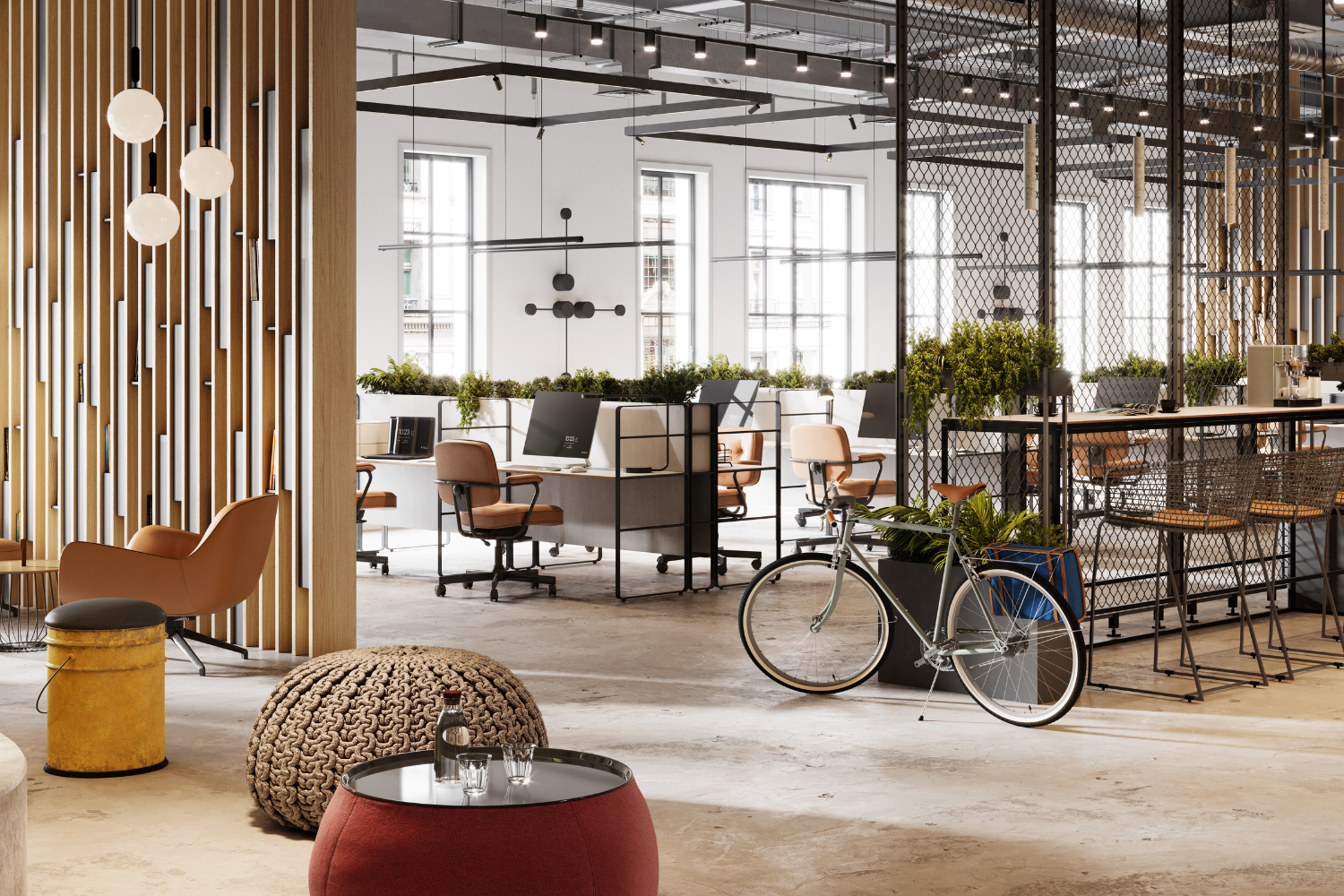The role of the workplace in attracting and retaining talent
In 1997, a groundbreaking McKinsey survey found that ‘better talent is worth fighting for’, coining the term ‘The War for Talent’. Twenty-five years later, attracting and retaining highly talented managers may still be one of the most significant and strategically important challenges that business leaders face, but getting it right has the potential to yield huge opportunity.
Talent is scarce, however, and competition is fierce: so, why does the recruitment challenge persist, and what part does the workplace play in providing opportunities for collaboration and innovative thinking, that in turn help to attract ‘the best’ talent?
Talent matters…but not just any talent
Talented people give businesses their competitive advantage, but the talent are demanding more. As The War for Talent asserts: ‘…the power has shifted from the corporation to the individual. More than ever, talented individuals have the negotiating leverage to ratchet up their expectations for their careers. The price for talent is rising.’
So how do organisations go about finding this superior, crème de la crème talent, those ‘A+ players’ that Steve Jobs referred to? It is not easy, particularly at a time when there has been a sea change in how people view work and the meaning it brings to their lives. No longer just about salary or job security, people want to know that their employer shares their values, they want to align themselves with a company that promises a greater sense of purpose.
2021 has been referred to as the year of the ‘Great Resignation’, with people leaving their jobs at historic rates. The Harvard Business Review reports that ‘41% of employees in the global workforce are considering resigning from their roles, and 36% of those leaving their roles do so without having their next job in place.’
Talent can hugely influence the success of a business; indeed, top talent has been found to be up to eight times more productive, with the best workers doing the best and the most work. For a company to truly succeed, it is worth persevering with the search for superior talent. Are organisations really doing everything they can to attract and retain the right people?
The workplace: an undervalued contributor to attraction?
A fashion trope is to ‘dress for success’ and companies and organisations need to follow the same mantra when it comes to their working environments.
People are hugely influenced by context. In psychology, there is a concept of priming, which refers to the way that exposure to a stimulus can influence our subsequent behaviour. Priming teaches us that factors such as where and how we work are highly influential when it comes to recommending a company or trying to attract talent.
If an office building is neglected, it will not be seen as a positive environment and will not attract talent. On the other hand, if the office building looks modern and clean, it will promote creativity and innovation.
Considering then the function an office serves in attracting talent, as well as contributing to retention, the workplace is effectively the face of company culture. It is an immediate and tangible demonstration of how a company and its senior management feels about its people.
It speaks volumes about how valued staff are as to whether the written values actually translate into everyday work environments. Cushman and Wakefield explore this idea in their podcast “Employee wellbeing is the precursor for organisational performance. Enhanced employee wellbeing improves networking, social engagement, team building, and engagement with the company culture, which ultimately drives productivity.”
Reflecting what is important to staff is a factor in demonstrating that their wellbeing is important to the organisation. It cannot be underestimated how greatly people view their environment as a reflection of their employers’ commitment, or otherwise, to company culture.
“Enhanced employee wellbeing improves networking, social engagement, team building and engagement with the company culture, which ultimately drives productivity.”
Retaining the talent
Even for businesses that find the right talent, keeping it is a challenge; McKinsey research shows that, for the mere 18% of companies that believe they recruit highly talented people, only 7% of those think they can keep it.
Developing an effective and authentic Employee Value Proposition (EVP), which defines the essence of a company, why it is unique, and encompassing the reasons people are proud and motivated to work there, is essential to retaining top performers. Gartner research found that organisations effectively delivering on their EVP can decrease annual employee turnover by just under 70%. Workplaces play a huge part in peoples’ lives, impacting how we eat, sleep, and exercise: research from insurance company YuLife found almost half of all UK employees (45%) believe their workplace or working life directly influences their lifestyle decisions.
In some eyes, it has already become a hackneyed excuse, but COVID has had an impact on working habits, and only time will tell how lasting these are. But a recent report, by Cushman & Wakefield suggests that organisations have drawn on the well of corporate culture throughout the pandemic, and that that this could be eroded completely if not replenished.
If organisations are to prevent themselves from becoming vulnerable to a talent drain, ensuring the office environment is up to, or better still exceeding, expectations will go a long way to achieving this. A workplace that embodies an organisation’s values, encourages team cohesion and collaboration, supports staff wellbeing and positive lifestyle choices, promotes sustainability, performance, and growth, is a workplace that embraces opportunities and delivers on promise; all of which are key to talent attraction and retention in today’s rapidly changing work environment.
Contact us at transform@pyndar.uk to find out more about our approach and how we work with businesses like yours.
Trends & Insights
The strategic imperative of overcoming SME sustainability challenges
Organisations of all sizes have an important role to play in tackling climate change. However, with small and medium-sized en ... Read more
Where Artificial Intelligence ends: The ongoing need for human expertise in facilities management
Artificial Intelligence (AI) continues to redefine operational efficiencies across the built environment. Intelligent systems ... Read more
Collaborating for a greener future: Achieving sustainability goals through effective waste management
An increasingly hot topic, addressing environmental obligations and targets has surged in significance within boardrooms and ... Read more



